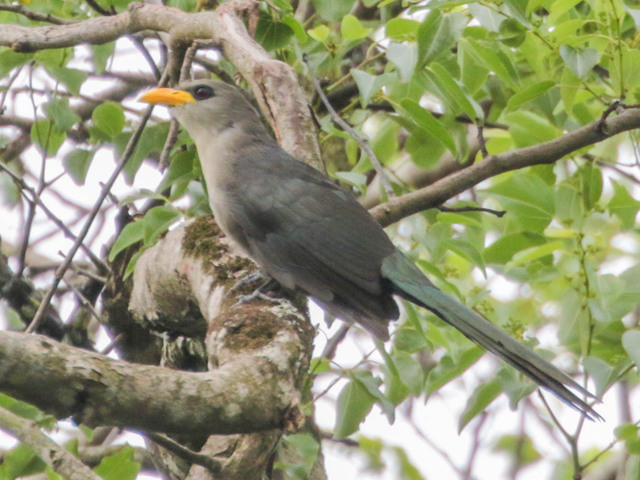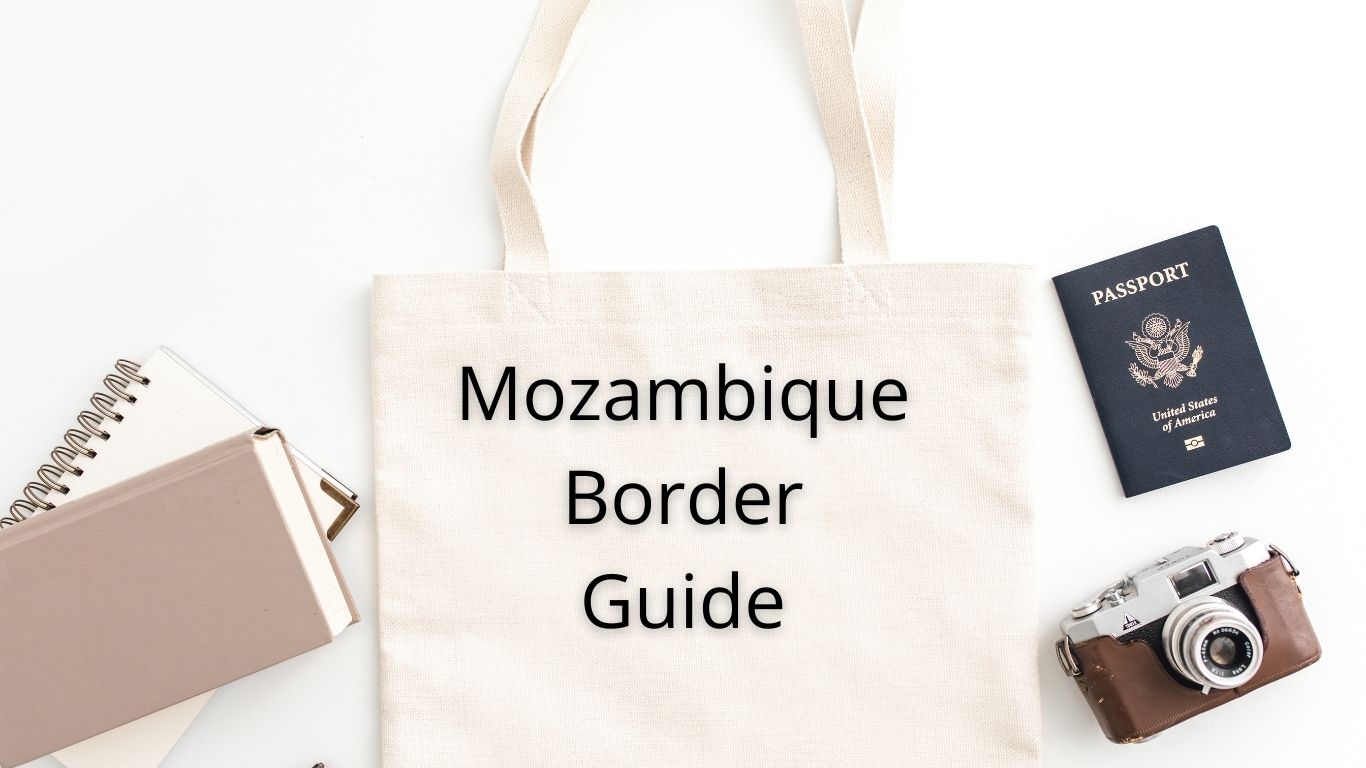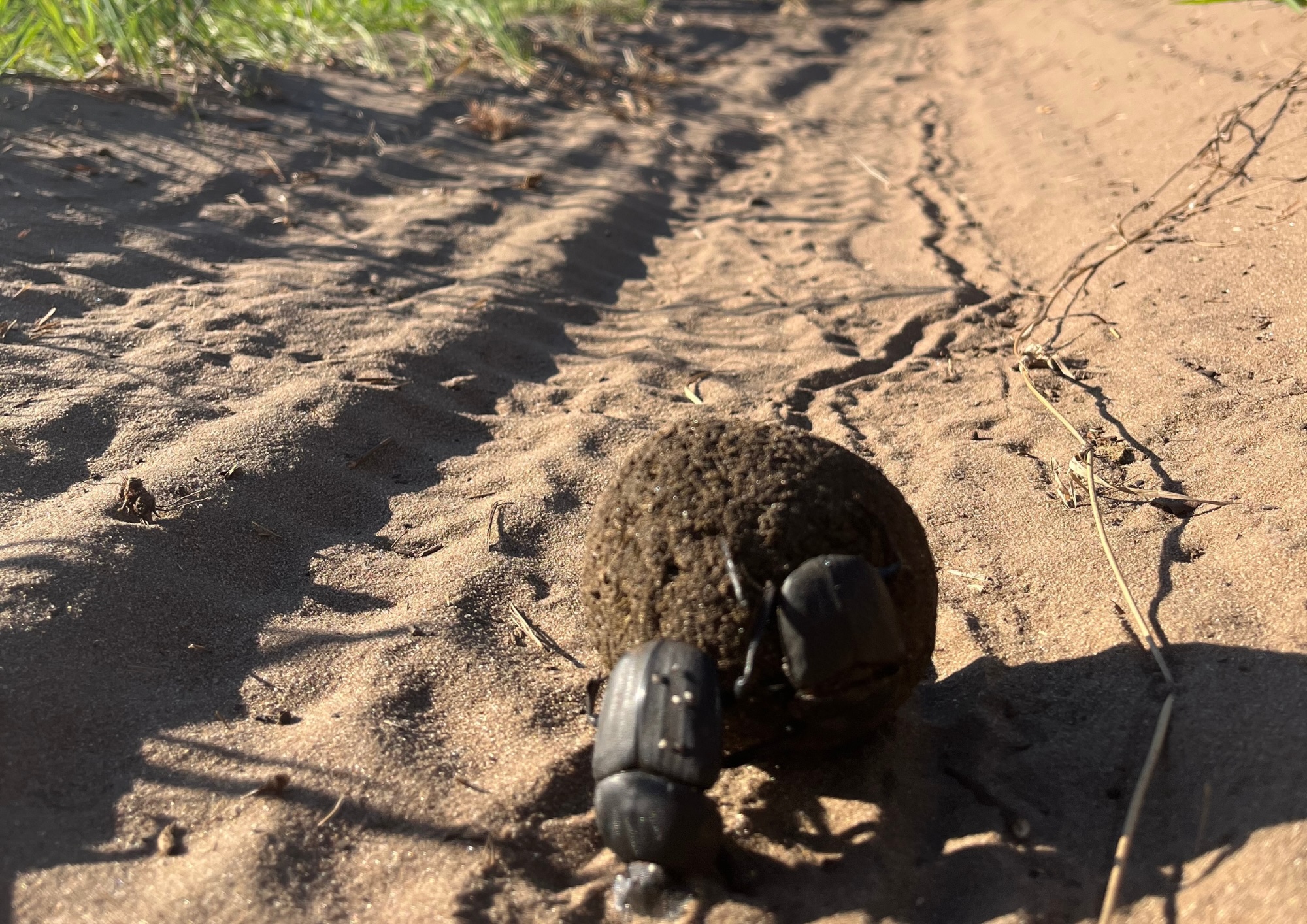This blog post is for those bird nerds – me being one of them!
If any of you are keen birders, you will know that if you see a Green Coucal it is most probably a lifer and the chances of you seeing one again in your lifetime are very slim. A lifer in birding terms is a bird that a person has successfully sighted and identified for the first time in their life. My Green Coucal lifer experience had a humorous twist to it and inspired me to write this post.
On one of my most recent trips to Southern Mozambique, a friend and I decided to spend our Saturday birding. We decided to go off-the-beaten-track, north of Ponta Mamoli, towards the Maputo Elephant Reserve. We reached an area where we could no longer drive any further due to the thick coastal forest. We parked the vehicle and proceeded with our birding journey on foot along an unfrequented path. Our walk led us to the edge of Lake Piti. Lake Piti is a large inland lake that lies parallel to the ocean. Our attention was shifted towards a Bird Party. Bird parties are the ideal find for avid birders as they provide concentrated viewing of varied species. With only 1 pair of binoculars, I instinctively hogged them, leaving my friend binocularless. What an amazing find! The bird party consisted of:
Forest Weaver
Wattle-Eyed Flycatcher
Natal Robin
Green Coucal
No sooner had I seen the Green Coucal when I felt my friend nudge me on the shoulder and point up to another bird – I took my focus off the Green Coucal and refocused my binoculars on the newly found bird only to discover it was a squirrel! After much disappointment, I refocused the binocs to Green Coucal to realize it was no longer there!!
What is the moral of this story? If you are a serious birder ensure that you always have your own set of binoculars on you and check that all parties partaking in the birding are wearing their spectacles!
Below is a birding list of Southern Mozambique that I have gathered over the last 16 years – I might have left a few birds out, but this is most of them:
African Green Pigeon
African Jacana
African Pied Wagtail
Black Coucal
Black Cuckooshrike
Black-Collared Barbet
Black-Crowned Tchagra
Blacksmith Lapwing
Bluegrey Flycatcher
Bronze Mannikin
Brown-Hooded Kingfisher
Buff-Spotted Flufftail
Burchells Coucal
Bushveld Pipit
Collared Sunbird
Common Waxbill
Common Whimbrel
Crowned Hornbill
Crowned Lapwing
Diderick Cuckoo
Emerald-Spotted Wood-Dove
Fan-Tailed Widowbird
Fish Eagle
Forest Weaver
Gorgeous Bush-Shrike
Great White Egret
Green Coucal
Grey Go-Away Bird
Jamesons Firefinch
Lesser Jacana
Little Bee-Eater
Little Egret
Little Grebe
Natal Francolin
Palm-Nut Vulture
Paradise Flycatcher
Pied Kingfisher
Purple Crested Turaco
Red-Capped Robin-Chat
Senegal Lapwing
Sombre Bulbul
Southern Black Flycatcher
Southern Boubou
Southern Carmine Bee-Eater
Speckled Mousebird
Spectacled Weaver
Spotted Flycatcher
Squacco Heron
Stone Chat
Tambourine Dove
Temmincks Courser
Thick-Billed Weaver
Trumpeter Hornbill
Wattle-Eyed Flycatcher
White Bellied Sunbird
White Breasted Cormorant
White-Fronted Plover
White-Throated Robin-Chat
Woodlands Kingfisher
Yellow-Rumped Tinkerbird
Yellow-Throated Longclaw
I yet have to spot the Green Twinspot and the Pink-Throated Twinspot!
Southern Mozambique is truly a Twitchers paradise. The variation in biomes is what attracts so many various bird species. You will find coastal forest, open grasslands, bushveld savanna, and then also all the coastal seabirds. I would personally suggest you find accommodation in Ponta Mamoli area as this is very central to the Elephant Reserve as well as all the other various biomes, and tick off a comprehensive list of birds. For accommodation in Ponta Mamoli contact GoBundu, we have 56 houses on the beach that you can choose from - make it a Beach and Birding Holiday! Alternatively, you can check availability and book your accommodation online: www.gobundu.com
Happy Birding!



